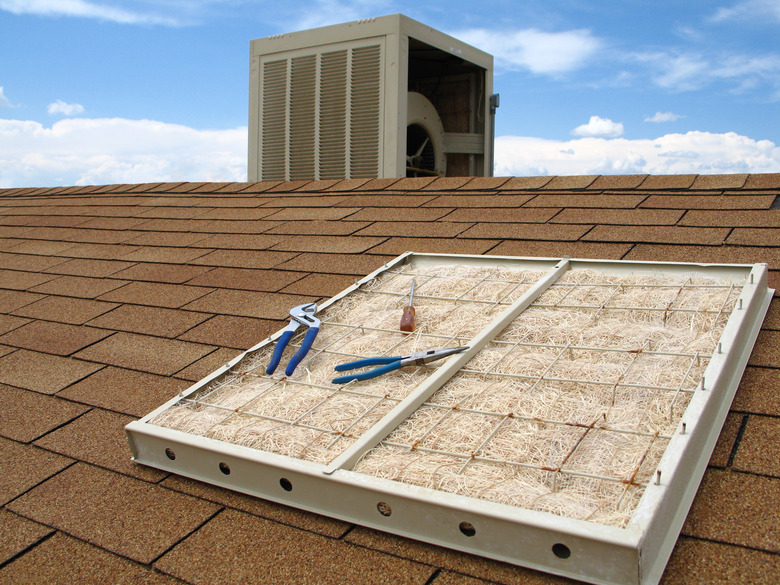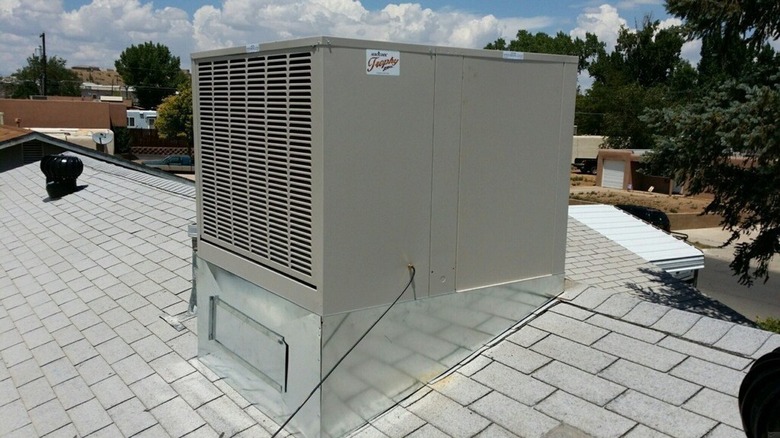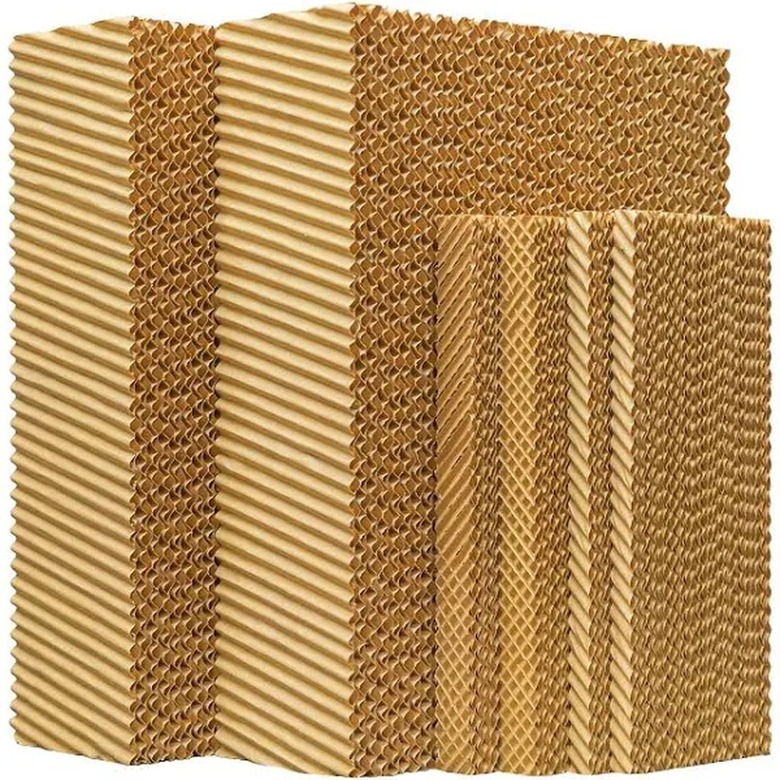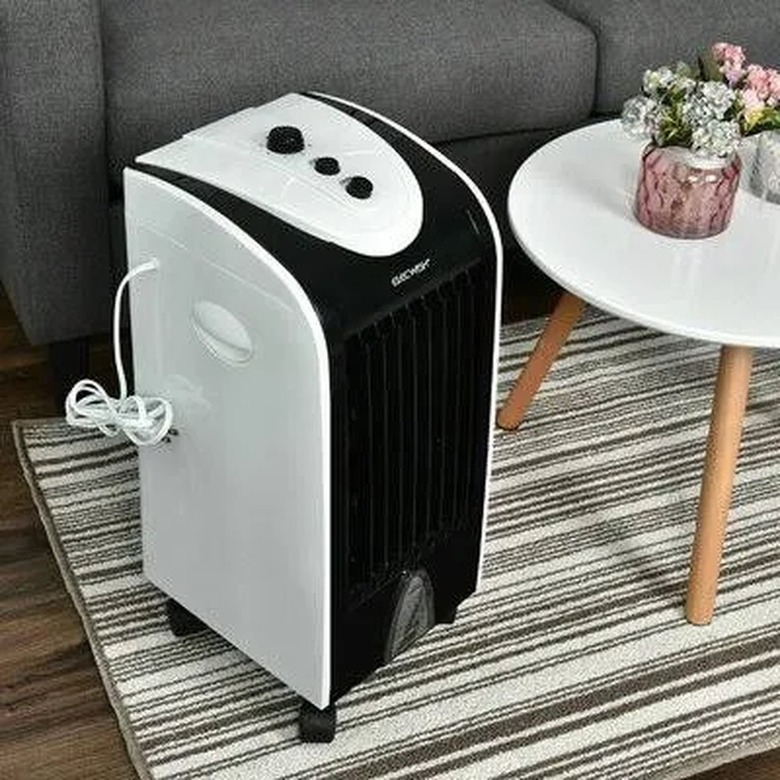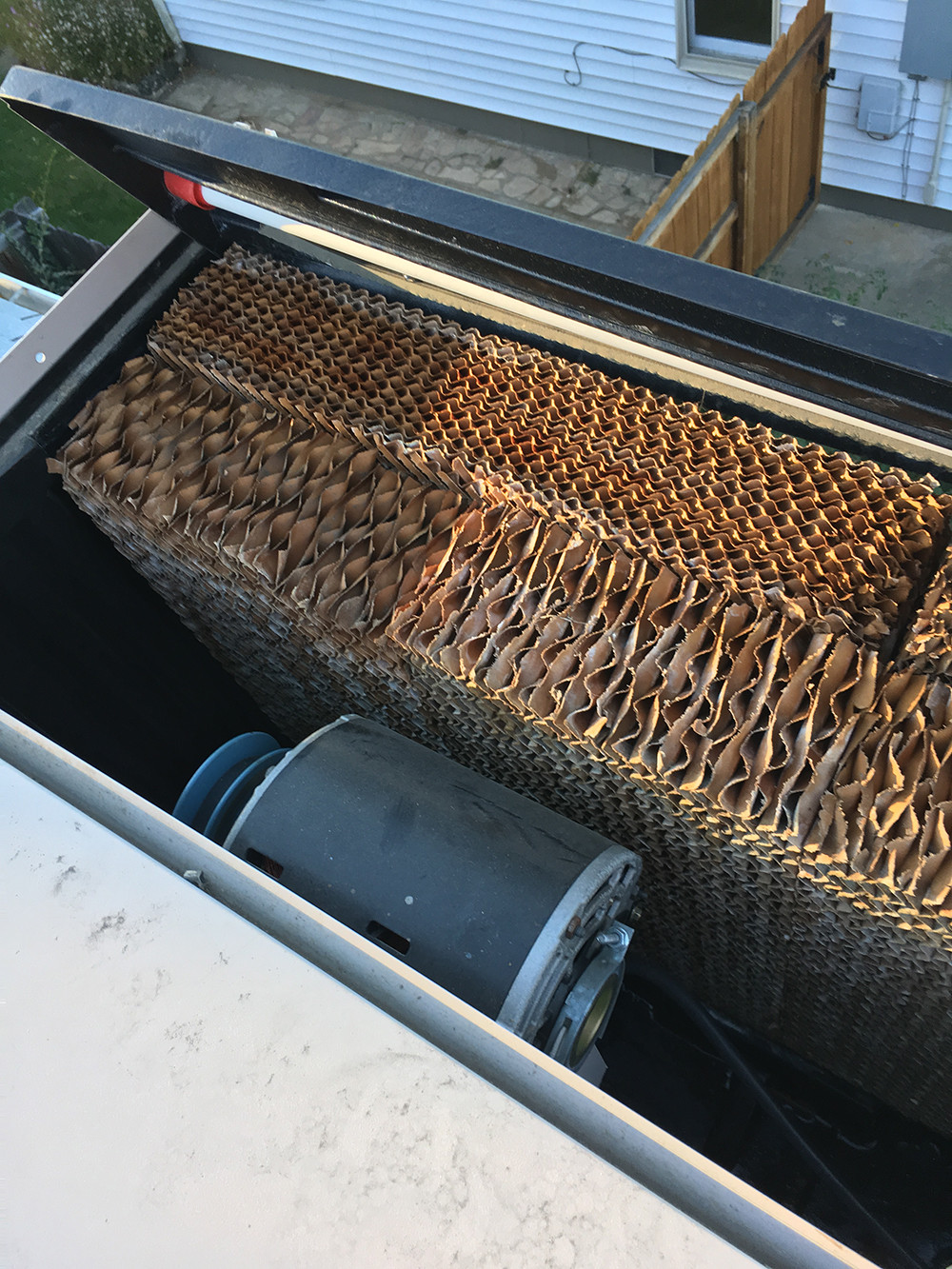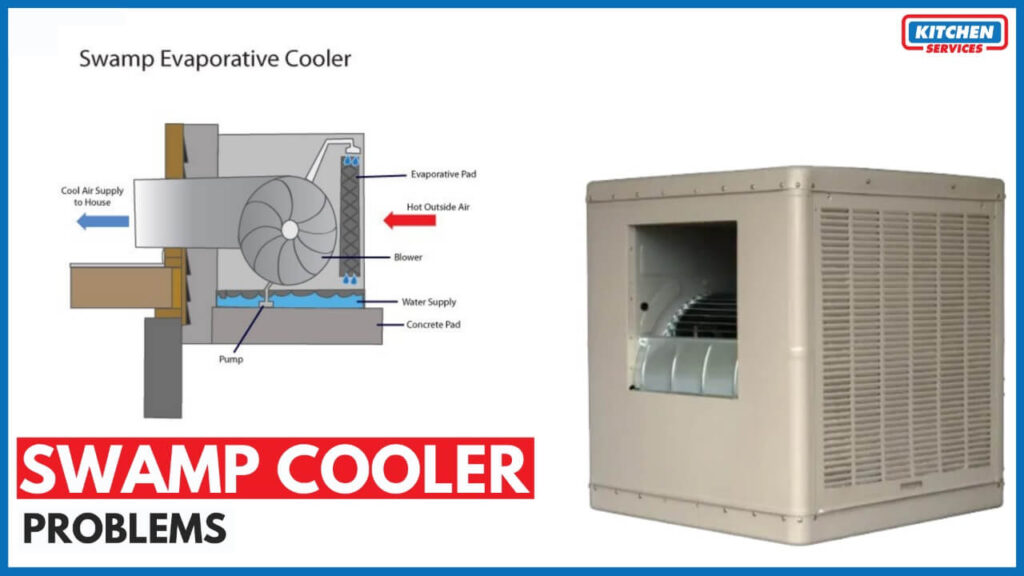How To Change Swamp Cooler Pads
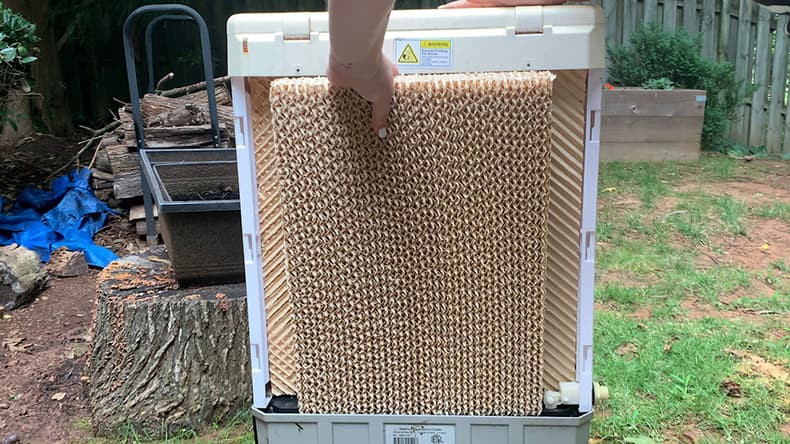
Swamp cooler efficiency plummeting? Don't sweat it! Replacing those pads is crucial, and you can tackle it yourself.
This guide delivers a step-by-step breakdown, saving you time and money while restoring your cooler's performance, ensuring a cool summer ahead.
Safety First
Always disconnect the power before starting any maintenance! This prevents electrical shock.
Turn off the water supply to the cooler, usually located near the unit or at the main water line.
Tools & Materials
You'll need replacement cooler pads (measure your existing ones!), a screwdriver (likely Phillips or flathead), work gloves, and possibly pliers.
A garden hose for rinsing the cooler's interior can be helpful.
Step-by-Step Pad Replacement
1. Accessing the Pads
Remove the cooler's access panels. These are typically held in place by screws or latches.
Consult your cooler's manual for specific panel locations. Each cooler model varies!
2. Removing Old Pads
Carefully pull out the old cooler pads. They might be brittle and disintegrate.
Dispose of the old pads properly. Check local regulations for disposal guidelines.
3. Cleaning the Cooler
Rinse the interior of the cooler with a garden hose. Remove any debris or mineral buildup.
A stiff brush can help loosen stubborn deposits. Cleanliness maximizes efficiency.
4. Installing New Pads
Insert the new cooler pads into their designated slots. Ensure they fit snugly and securely.
Proper alignment is essential for even water distribution and cooling.
5. Reassembling the Cooler
Reattach the access panels, securing them with screws or latches.
Make sure all panels are firmly in place to prevent air leaks.
6. Restoring Power and Water
Turn the water supply back on, checking for any leaks around the connections.
Reconnect the power to the cooler. Observe the cooler during the first few minutes of operation for leaks or unusual noises.
Troubleshooting
If the cooler isn't cooling effectively, double-check the pad installation and water distribution.
Low water flow can also impact performance. Inspect the water line and pump.
Consult your cooler's manual for specific troubleshooting steps.
Pad Types: Choosing the Right Fit
Different types of cooler pads exist: aspen, cellulose, and synthetic. Each offers varying lifespans and efficiencies.
Aspen pads are typically the least expensive but require more frequent replacement. Cellulose pads last longer and offer better cooling.
Synthetic pads are the most durable and efficient but also the most expensive. Choose the pad best suited for your climate and budget.
Maintenance Tips
Regularly inspect your cooler pads for mineral buildup and debris. Clean them as needed.
Drain and flush the cooler regularly, especially before periods of non-use, such as winter. This helps prevent mineral buildup and prolongs the life of the pads.
Consider using a cooler treatment to minimize mineral deposits and maintain water quality. This also helps in Extending pad life.
When to Call a Professional
If you're uncomfortable working with electricity or water lines, or if you encounter persistent problems, consult a qualified HVAC technician.
Professional help can diagnose and repair complex issues beyond pad replacement.
By following these steps, you can effectively replace your swamp cooler pads and ensure a cool and comfortable environment throughout the hot season.
Stay tuned for updates on energy-saving tips and cooler maintenance best practices!


